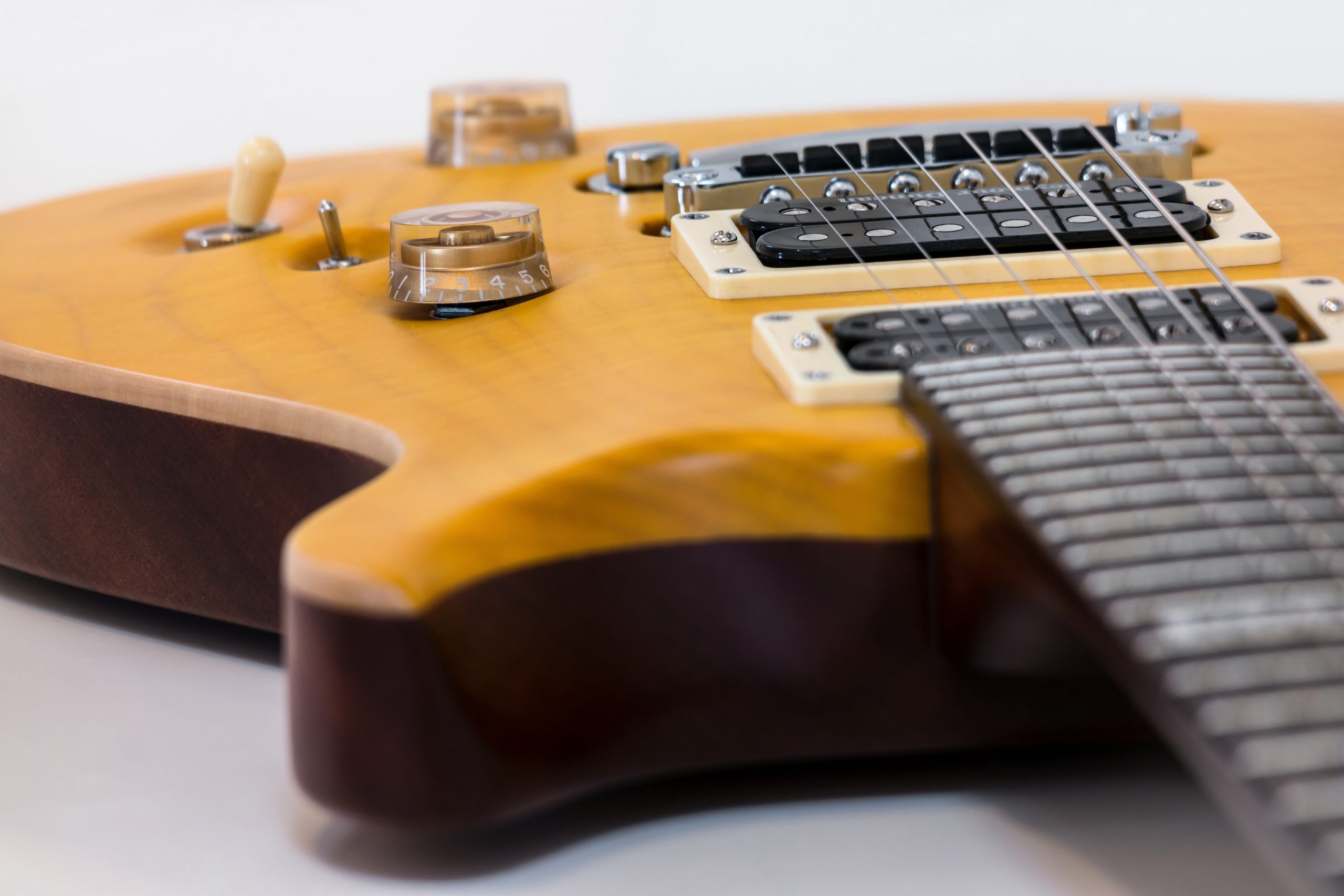Getting your head around intervals is a great way to start to take melodic control of your solos i.e. choosing what notes to play to create a certain effect, rather than running up and down scale patterns, or hitting and hoping. In this post we’ll be looking at intervals in minor scales, and how you can locate them on the fretboard in order to start selecting your notes on purpose. Once you start making these kinds of choices you’ll start to reveal more of your own sound on the guitar as you’re no longer playing licks or letting the scale pattern dictate what you play.
If you’re not familiar with intervals, you’ll still get a lot out of this lesson, but do spend some time getting used to their sounds or take our Melodic Soloing in 10 Days crash course.
Soloing over minor chords
Let’s start with the minor triad (1, b3, 5) in G; we’ll use this as the basis for all our available note choices.

What are my options?
In theory, and depending on the chord you’re playing over, you could add in any other note but for the purposes of this lesson we’ll be focusing on the most common ones.
7 or b7?
If you’re playing over a m7/m9/m11 chord you’ll probably want to go for the b7 as the 7 will clash with the b7 of the chord. However, if you’re playing over a power chord (1, 5) or a straight minor chord then both will work. The b7 will give you a bluesy/rock sound while the 7 will sound a little more out there and have more pull to the root.


6 or b6?
The b6 will give you a darker minor sound while the 6 is lighter and more bluesy (think Robben Ford). Both will work over most minor chords but the b6 will clash with the 6 in a m6 chord.


2 or b2 (9 or b9)?
The b2 will give you a drastically darker, Spanish kind of eastern sound and will work over most minor chords except m9/m11/m13. Remember that the 2 is also the 9 so where you see chords with a 9 or a b9 in the them, you can use these notes to good effect.


As you practice with these patterns, you should start to become aware of where the intervals are and choose which notes you want to play, according to the chord you’re playing over. If this is your first time playing this way, start with the familiar pentatonic-looking pattern between the 3rd and 5th frets.
When you get comfortable locating the intervals, find some slow backing tracks that display the chords you’re playing over so that you can start to take melodic control of your solos.



